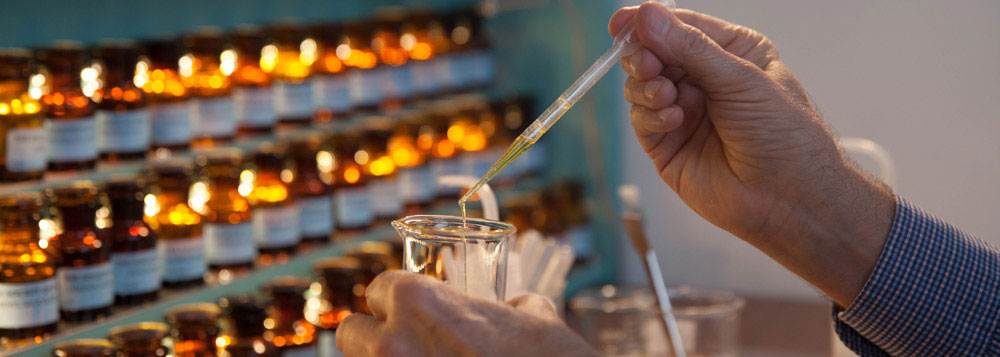The art of perfumery is a delicate dance between chemistry and creativity. Behind every iconic fragrance lies a meticulously crafted chemical perfume formula—a symphony of molecules designed to evoke emotion, memory, and desire. In this expert guide, we unravel the science of scent creation, exploring how top perfumers blend natural and synthetic ingredients to craft unforgettable aromas.
Table of Contents
ToggleWhat Is a Chemical Perfume Formula?
A chemical perfume formula is a precise recipe of aromatic compounds, essential oils, and synthetic molecules. These elements work in harmony to create a fragrance’s distinct character, longevity, and evolution. Modern formulas often include:
- Natural extracts (e.g., jasmine absolute, bergamot oil)
- Synthetic aroma chemicals (e.g., Hedione for jasmine, Iso E Super for woody notes)
- Solvents (e.g., ethanol, dipropylene glycol)
- Fixatives (e.g., musk, ambroxan)
The Scent Pyramid: Structure of a Perfume Formula
Perfumes are structured into three layers, each with unique chemical properties:
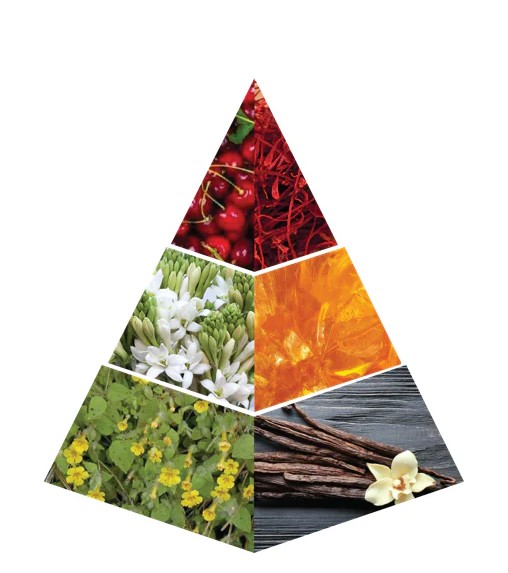
| Note Type | Volatility | Key Ingredients | Role |
|---|---|---|---|
| Top Notes | High | Citrus, herbs, aldehydes | Creates the first impression |
| Heart Notes | Moderate | Florals, spices, fruits | Defines the fragrance’s core identity |
| Base Notes | Low | Woods, resins, musks | Provides depth and longevity |
For example, Chanel No. 5’s iconic sparkle comes from aldehydes, while its warm base relies on sandalwood and vanilla.
The Chemistry of Scent Creation
1. Natural vs. Synthetic Ingredients
| Type | Pros | Cons |
|---|---|---|
| Natural | Authentic, complex aromas | Seasonally variable, expensive |
| Synthetic | Consistent, customizable, ethical | May lack natural depth |
Synthetics like linalool (floral) and vanillin (sweet) allow perfumers to replicate rare scents (e.g., ambergris) or invent entirely new ones.
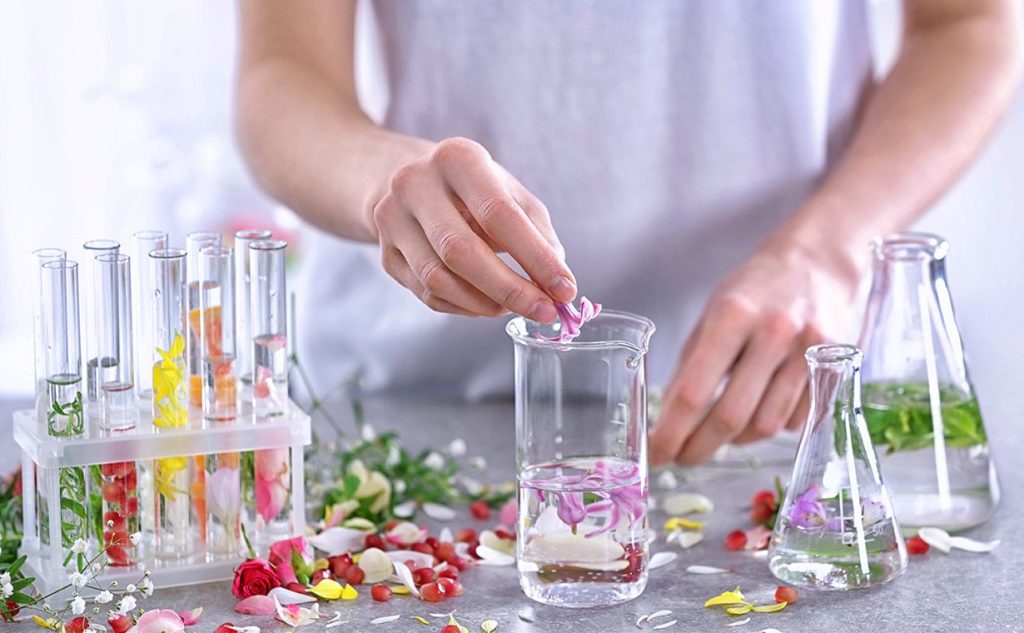
2. Molecular Behavior
- Volatility: Top notes evaporate quickly (e.g., limonene in citrus), while base notes like musk linger for hours.
- Diffusion: Smaller molecules (e.g., citral) project strongly, whereas heavier molecules (e.g., patchouli) stay close to the skin.
- Stability: Ingredients must resist oxidation and pH changes to maintain scent integrity.
Crafting a Perfume Formula: A Step-by-Step Guide
Step 1: Define the Olfactory Theme
Is it a fresh citrus burst or a smoky, woody embrace? Establish the fragrance’s mood.
Step 2: Select Ingredients
- Top: Grapefruit, rosemary, or aldehydes for brightness.
- Heart: Rose, cardamom, or peony for complexity.
- Base: Vetiver, labdanum, or ambroxan for depth.
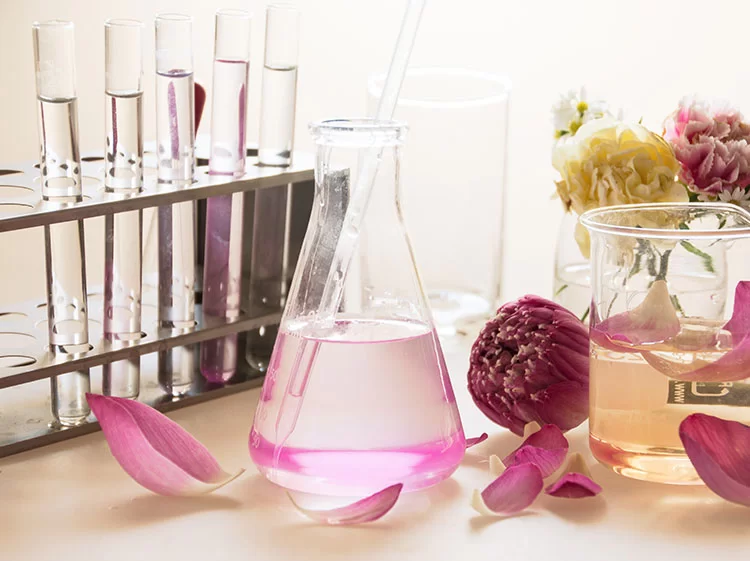
Step 3: Balance the Formula
A typical ratio:
- 15–25% top notes
- 30–40% heart notes
- 40–55% base notes
Step 4: Test and Refine
Aged blends develop richer profiles. For instance, vanilla requires weeks to mellow, while citrus fades faster.
FAQs: Demystifying Perfume Chemistry
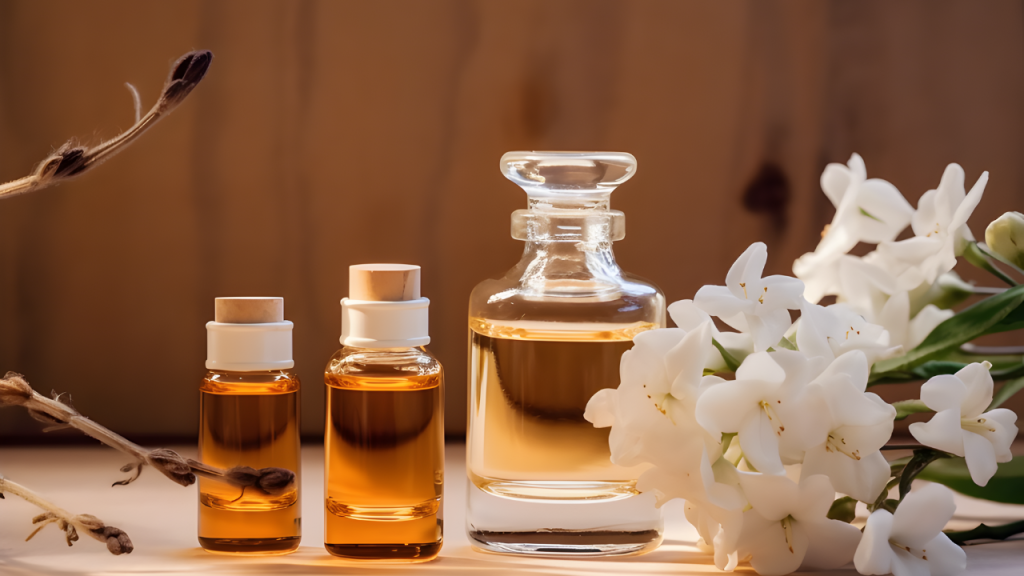
1. Why do synthetic ingredients dominate modern perfumes?
Synthetics offer consistency, sustainability, and affordability. For example, calone creates oceanic notes without harvesting marine organisms.
2. How does pH affect a perfume’s scent?
Skin’s pH (4.5–5.5) alters molecular interaction. Acidic skin amplifies citrus, while alkaline skin enhances sweetness.
3. What gives perfumes their staying power?
Fixatives like benzyl salicylate slow evaporation, locking base notes to the skin.
4. Can I create a perfume formula at home?
Yes! Start with a simple blend:
- 10 drops bergamot (top)
- 8 drops lavender (heart)
- 6 drops cedarwood (base)
- 30ml ethanol
Age for 2–4 weeks.
Unlock the Secrets of Scent Science
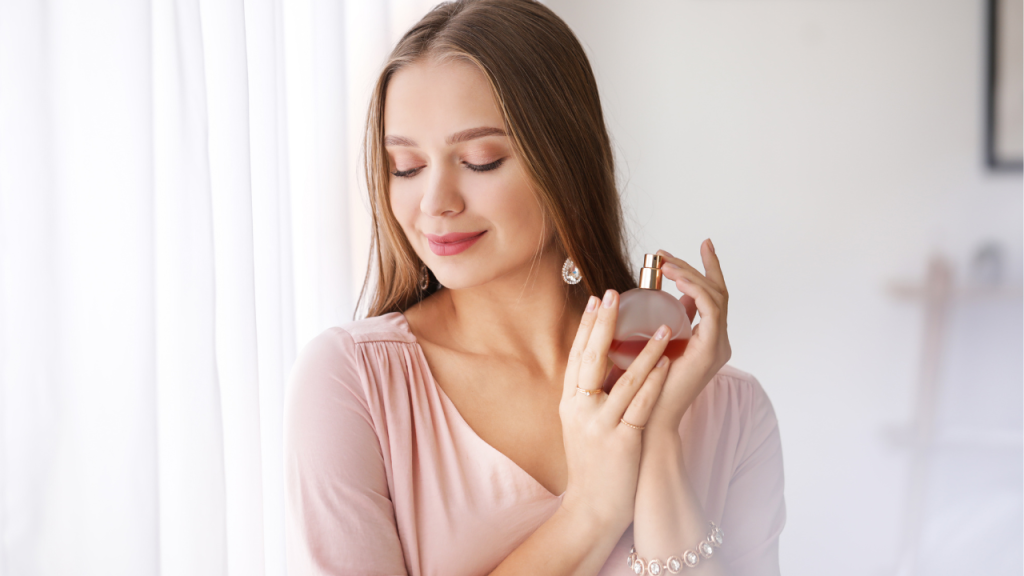
Ready to dive deeper into the world of fragrance chemistry? At Scentsciencebeauty.com, explore our Expert Guides on:
- The role of esters in fruity perfumes
- How AI is revolutionizing scent formulation
- Sustainable alternatives to endangered ingredients
Follow our social media accounts for everything perfumes and scents related

